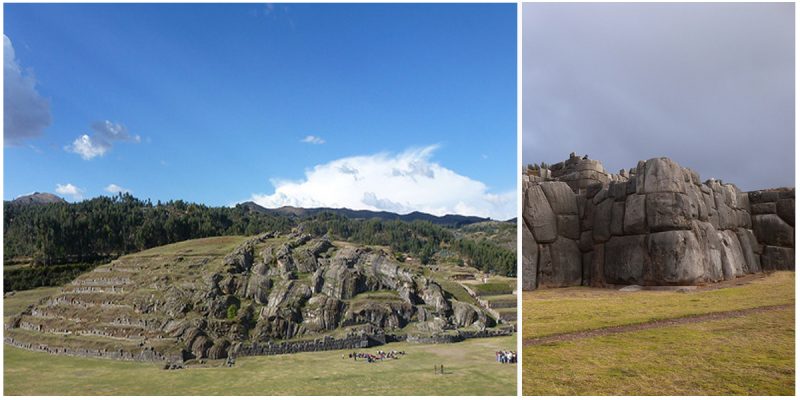Saksaywaman or Saqsaywaman is an amazing architectonic complex and widely known as the historic capital if the Inca Empire. The site is renowned for its 19 feet tall stone structure that is more than 0.6 miles in length. It is located in Cusco, Peru and the first sections were built about 1100.
Because of the unusual structure of the walls, the site is considered as one of the best monuments on planet Earth that have been constructed by men. The first sections were built by the Killke culture which occupied the area around 900. From the 13th century, the structure was expanded by the Inca who built massive dry stone walls.
The amazing part is that the workers cut the stones very carefully and put them together without mortar. This 200 tons stones are among the largest that were ever used in any construction in prehispanic America. Many archaeologists explain that the boulders are placed so perfectly that a single paper would not fit between them.
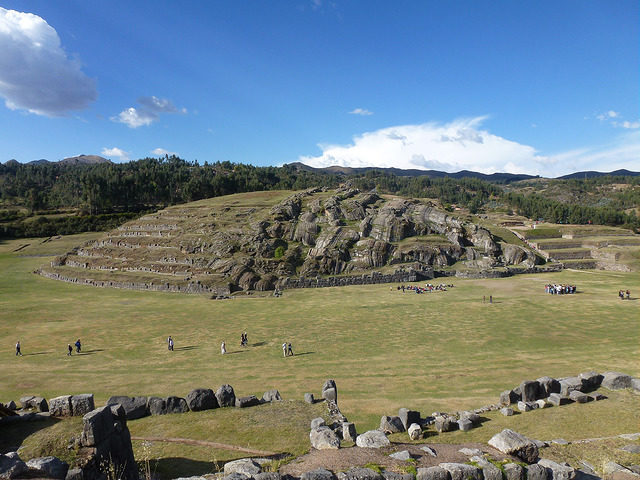
The unique precision of the whole structure is a real mystery to scientists for decades. There is a local legend that tells a story about some liquid which was extracted from some plant and turned the stones into something more lighter and softer. This story Came from explorers and a priest Jorge A. Lira who claimed that he made the same liquid and softened stone but after he was unable to reverse the effect.
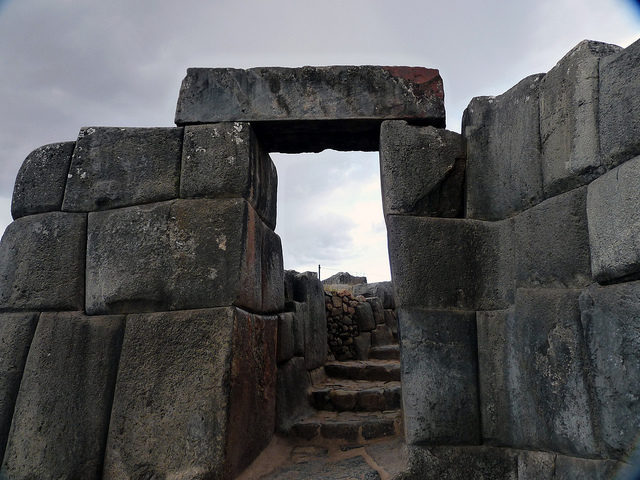
During the Spanish Conquest of the Inca, the Spaniards Martin Bueno and Francisco Pizarro wanted to transport the gold from the Temple of Corincancha after the Battle of Cajamarca which was the base of the Spanish. After finding several temples with gold, he finally entered Cusco. His brother Pedro Pizzaro explained the building of the wall for the first tie to Franciso and was fascinated with its construction.
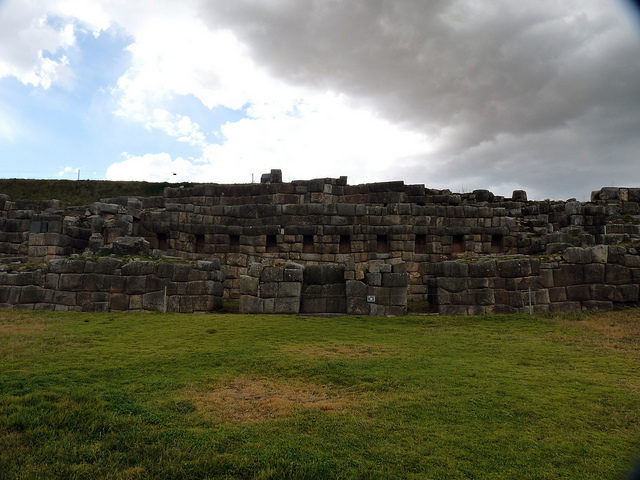
The various rooms behind the walls were filled with shields, clubs, arrows, bucklers, arms, laces and many other objects and military equipment which were described in detail by Pedro Pizzaro. Because Saksaywaman is situated on a hill, high above the city of Cusco, it is referred to as a fortress. Its military function was first known after the siege of Cusco in 1536.
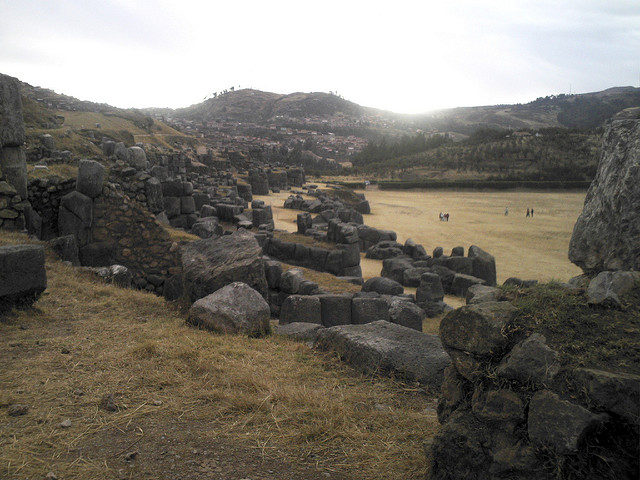
The battle was mostly around the walls of Saksaywaman, and the Incas had a lot of difficulties in defending the city. After the siege was over and some excavations on the site had been made, there are records about towers on the summit of the site and also about series of other buildings. One of the files is from Pedro Sancho who visited the complex before the battle and mentions that amazing quality of the structure and its storage rooms.
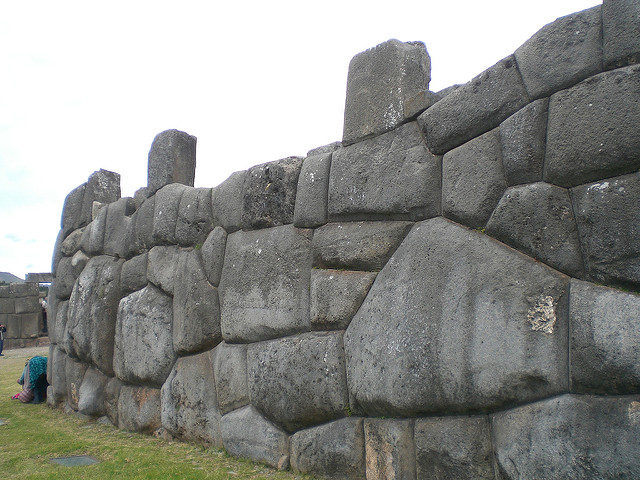
He also claims that there were buildings which had huge windows. Unfortunately, after the siege, all of these buildings and places have been destroyed. Historians believe that several of the large structures at the complex were used for rituals and the large plaza area was made for ceremonial activities. The plaza is the best-known spot of Saksaywaman. It is adjacent to the terrace walls for which the most massive stones were used for their construction.
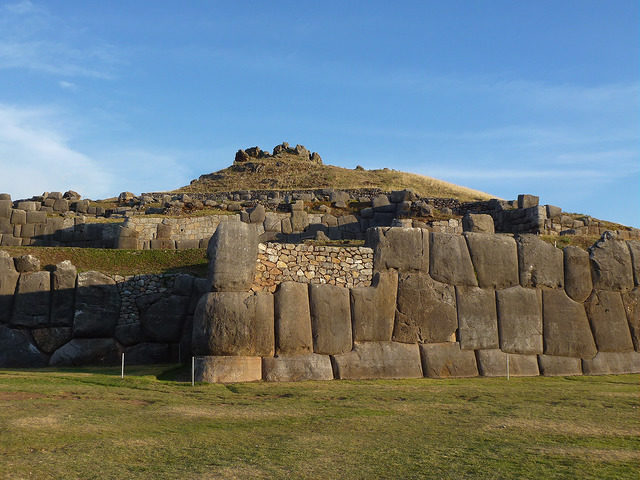
Their precision is unmatched with any other structure in the Americas. The longest of the three walls in the complex is about 1312 feet and 19 feet tall. Sadly, after the siege, the Spaniards used this magnificent structure as a source from where they can collect stones to build the Spanish Cusco. Block by block, the complex was destroyed for the Spanish buildings of the colonial city.
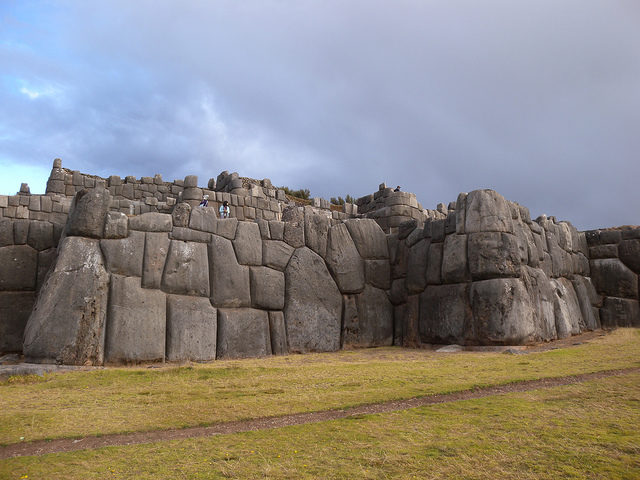
According to Garcilaso de la Vega, every house and building in the city were built from this stones. From 1983, Saksaywaman and the city of Cusco are added to the UNESCO World Heritage List. In 2008, additional ruins were found on the site. Archaeologists believe that the Killke culture built them.
Read more Inca stories from us, here is one: Did the ancient Incas sacrifice children?
The structure is as one of the ceremonial spots, but the specific functions remains a mystery.
